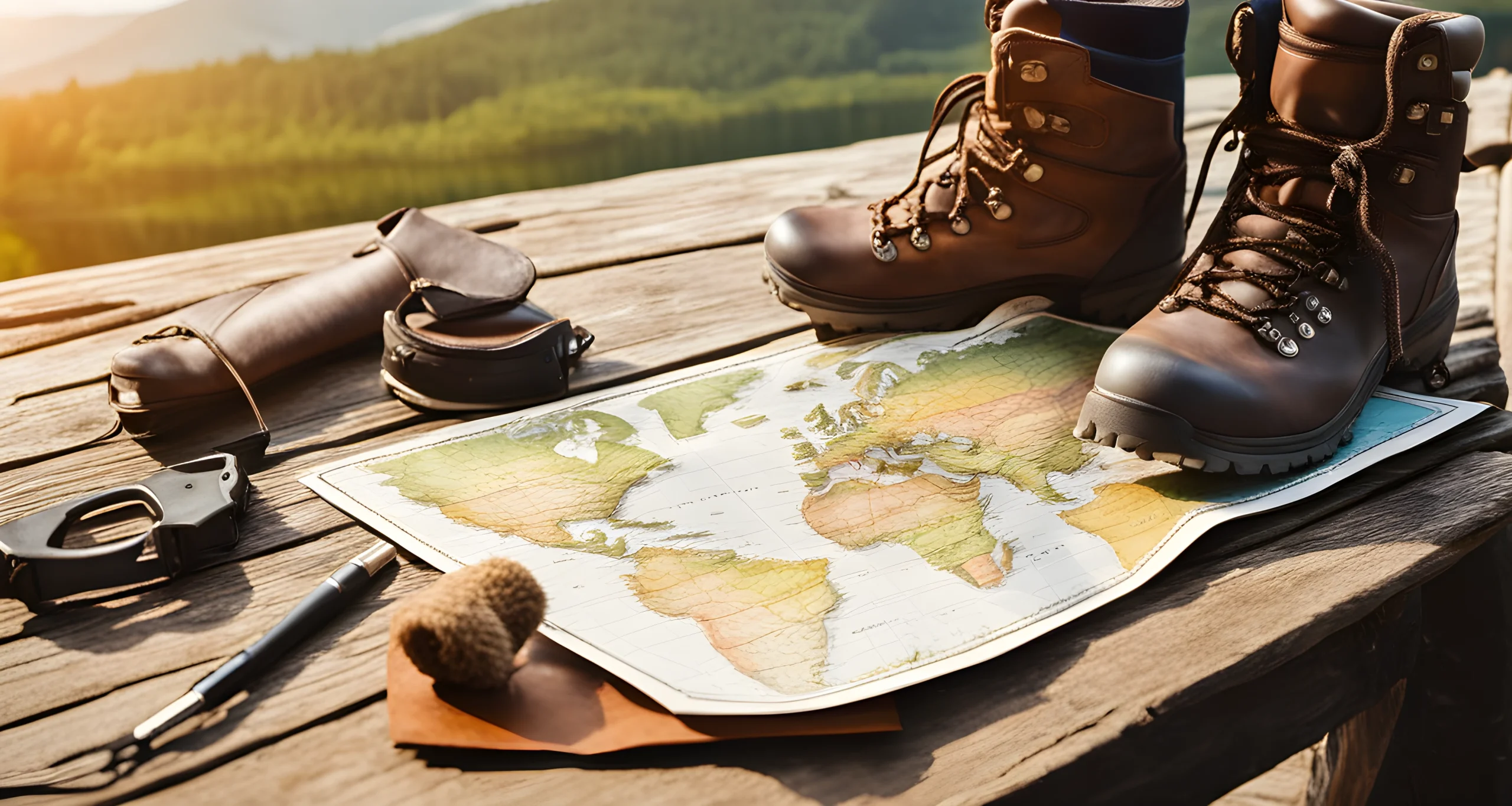Introduction
Planning a budget trip requires careful consideration of several factors. First, it is essential to decide on your destination(s) and the duration of your trip. This will significantly impact your overall expenses. Next, research the average costs in each destination to get a realistic idea of what to expect. Create a detailed travel budget spreadsheet to organize your expenses. Start by listing your destinations and the duration of your stay. Then, calculate the average daily spend for each destination and multiply it by the number of days you will be there. This will give you the total budget for each destination. Finally, add up the total budgets for all destinations to determine your overall travel budget Cutting Costs on Travel.
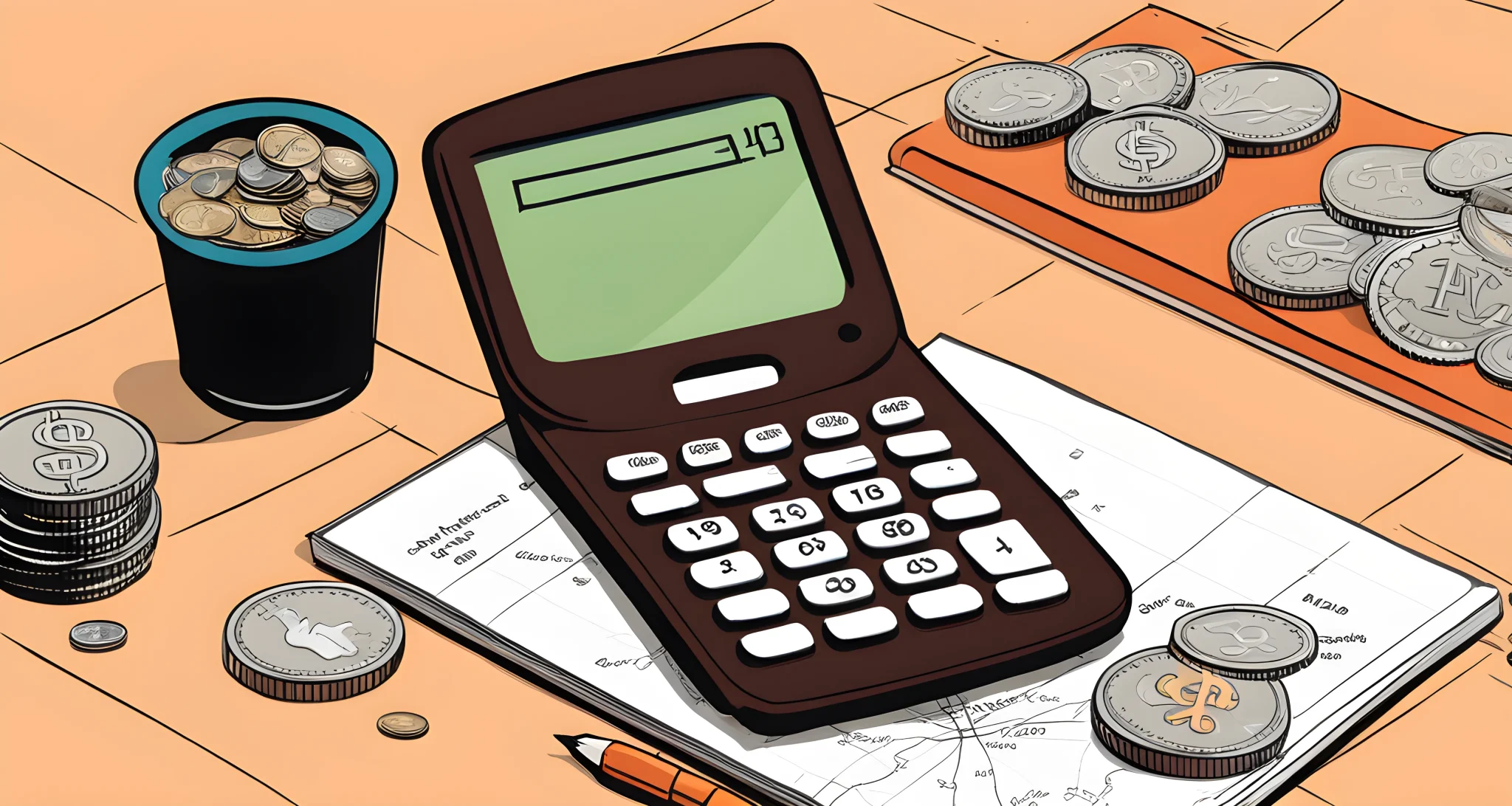
Factors to Consider for Budget Trip Planning
When planning a budget trip, there are several factors to consider in order to create a realistic and comprehensive travel budget. Consider the following:
Destination
- Research the cost of living and typical travel expenses at your chosen destination. Prices can vary greatly between countries and regions, so it’s important to have a clear understanding of what to expect.
- Consider visiting Thrifty travel ideas for tips on how to save money while exploring different destinations.
Duration of Trip
- The length of your trip will directly impact your overall expenses. Longer trips may require more careful budgeting and cost-saving strategies.
Mode of Transportation
- Different modes of transportation can have a significant impact on your budget. Consider the cost of flights, train tickets, rental cars, or public transportation when planning your trip.
Activities and Attractions
- Research the cost of attractions, tours, and activities at your destination. Some activities may come with a hefty price tag, so it’s important to prioritize and budget accordingly.
Accommodations
- The cost of accommodations can vary widely depending on location, time of year, and type of lodging. Research different options such as hotels, hostels, vacation rentals, or even camping to find the best fit for your budget.
Meals
- Food expenses can add up quickly while traveling. Research the average cost of meals at your destination and consider budget-friendly dining options such as grocery shopping or cooking in accommodations with kitchen facilities.
Currency Exchange and Fees
- If traveling internationally, consider the exchange rate and any associated fees for currency conversion or international transactions. These additional costs can impact your overall budget significantly.
Seasonal Considerations
- Traveling during peak tourist seasons can result in higher prices for accommodations, attractions, and transportation. Consider traveling during off-peak times to save money.
Unexpected Expenses
- It’s essential to set aside a portion of your budget for unexpected expenses such as medical emergencies or unforeseen circumstances. Having a financial buffer will provide peace of mind during your travels.
By carefully considering these factors when planning your budget trip, you can create a more accurate and comprehensive travel budget that accounts for all potential expenses. With thorough research and strategic planning, you can ensure that your trip is not only affordable but also enjoyable and stress-free.
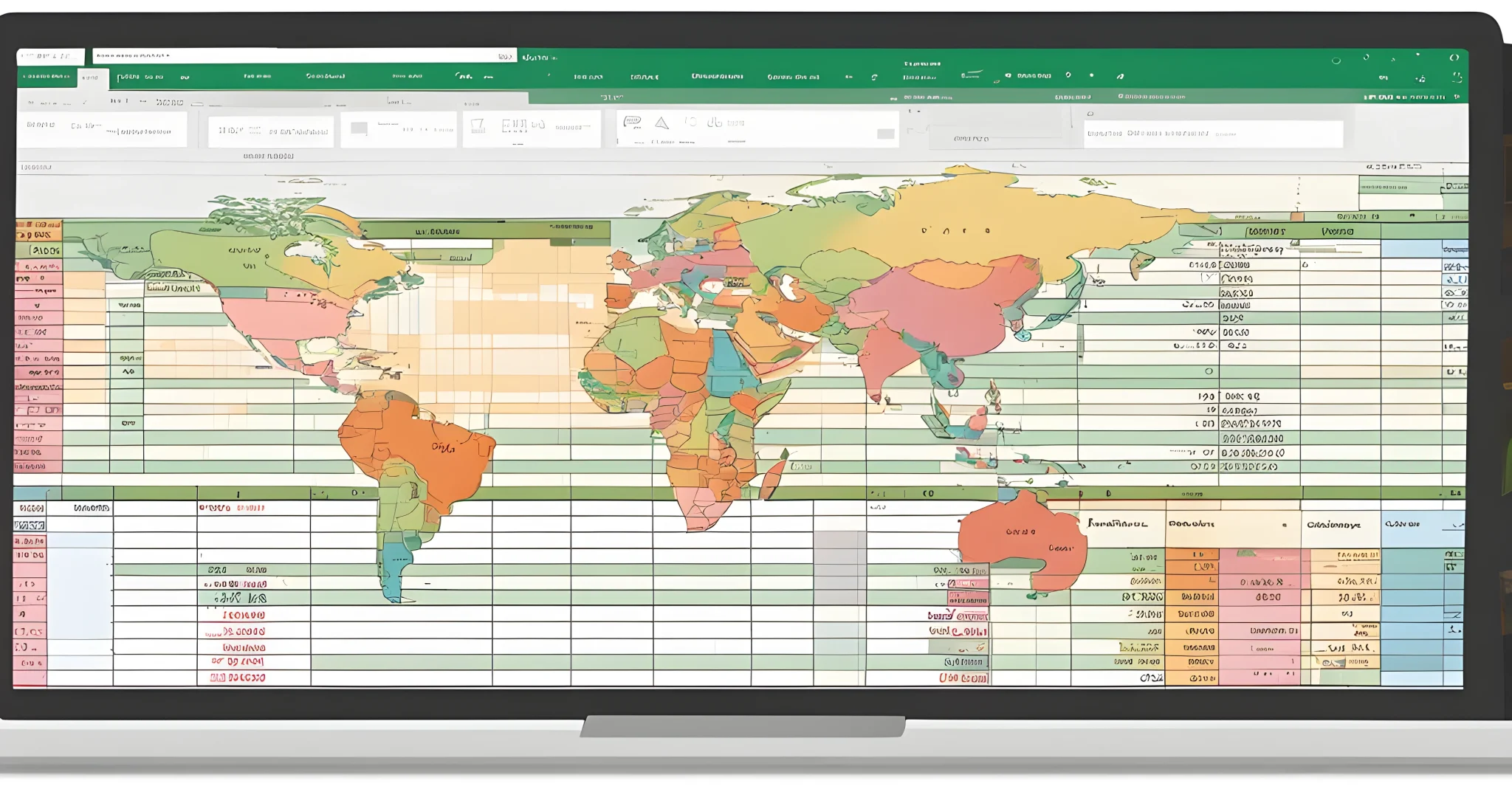
Creating a Detailed Travel Budget Spreadsheet
When it comes to creating a detailed travel budget, a spreadsheet can be an invaluable tool. By organizing all your expenses in one place, you can easily track and manage your spending throughout your trip.
Here are some key points to consider when creating a detailed travel budget spreadsheet:
-
Expense Categories: Start by listing all the categories of expenses you expect to incur during your trip, such as accommodation, transportation, meals, activities, and miscellaneous expenses. This will give you an overall picture of where your money will be going.
-
Budgeting by Item: If you prefer a more meticulous approach, consider budgeting by item. This involves creating a detailed list of all expected expenses and tracking them in real-time. This method can provide a comprehensive overview of where your money is being spent and help you identify areas where you may be overspending.
-
Tracking by Category: Alternatively, you can budget by category, allocating specific amounts for each expense category and tracking your spending within those limits. This approach helps you stay within your set budget for each expense category and make adjustments as needed.
By using a detailed travel budget spreadsheet, you can effectively manage your expenses and ensure that you stay within your overall budget for the trip. It also allows for better planning and helps in avoiding any unexpected financial surprises during your travels.
In addition to the organizational benefits, having a detailed travel budget spreadsheet also enables you to make informed decisions about where to allocate your funds. For example, if you notice that you are overspending in one category, you can adjust your budget accordingly to ensure that you have enough funds for other important expenses.
When it comes to traveling on a budget, every dollar counts. By utilizing a detailed travel budget spreadsheet, you can have better control over your finances and make the most of your travel experience without breaking the bank.
For more tips on budget travel, check out our article on Backpacking on a budget for additional insights and strategies for keeping your travel costs low.
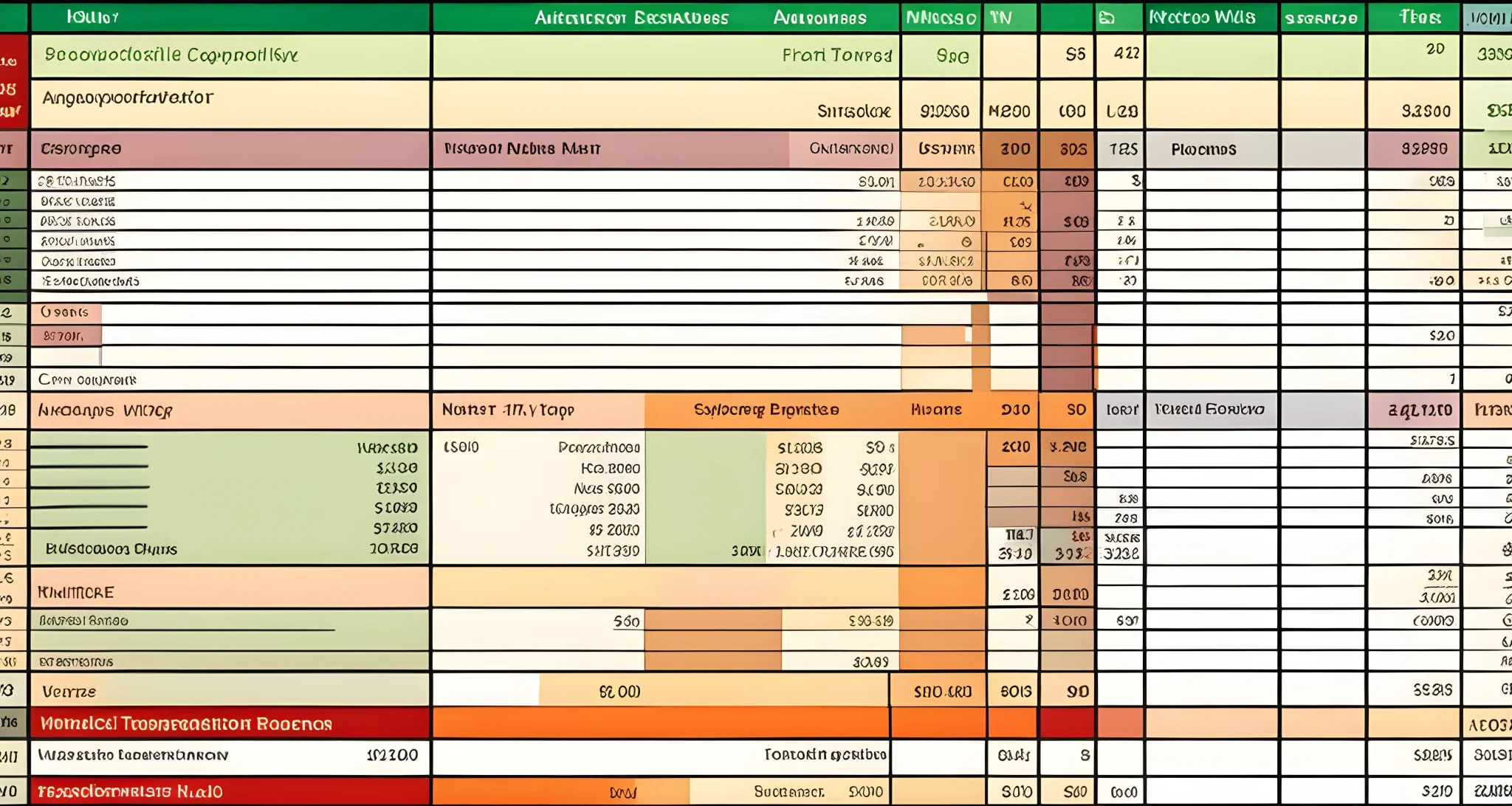
Refining Your Budget with Expense Categories
When refining your budget for a trip, it’s important to break down your expenses into categories. This will give you a more detailed understanding of where your money is going and help you make more accurate budget projections.
Why Expense Categories Matter
Breaking down your expenses into categories allows you to see exactly where your money is being spent. This can help you identify areas where you may be overspending and make adjustments accordingly. It also allows for better tracking and management of your budget throughout your trip.
Creating Expense Categories
When creating expense categories, consider the different aspects of your trip that will incur costs. Some common categories to consider include:
- Transportation: This includes flights, train tickets, rental cars, and local transportation.
- Accommodation: Costs for hotels, hostels, or vacation rentals.
- Food and Dining: Budgeting for meals, snacks, and dining out.
- Activities and Entertainment: Expenses for sightseeing, tours, museums, and other attractions.
- Miscellaneous: Any other expenses that may arise, such as souvenirs or unexpected costs.
Tracking Expenses in Each Category
Once you have established your expense categories, it’s important to track your spending in each category. This can be done using a travel budget spreadsheet or a budgeting app. By logging your expenses in real-time, you can see how you are tracking against your budget in each category.
Adjusting Your Budget as Needed
As you track your expenses throughout your trip, you may find that certain categories are over or under budget. Use this information to make adjustments as needed. For example, if you find that you are spending more on dining out than anticipated, you may need to cut back in other areas to stay within your overall budget.
Referring to Essential Budget Travel Tips
To refine your budget even further, consider referring to some Indispensable Budget Travel Pointers. These tips can provide valuable insights on how to save money on transportation, accommodation, and activities during your trip.
By refining your budget with expense categories, you can gain a clearer understanding of where your money is going and make informed decisions about your spending. This approach will help you make the most of your travel budget and ensure that you have an enjoyable trip without breaking the bank.
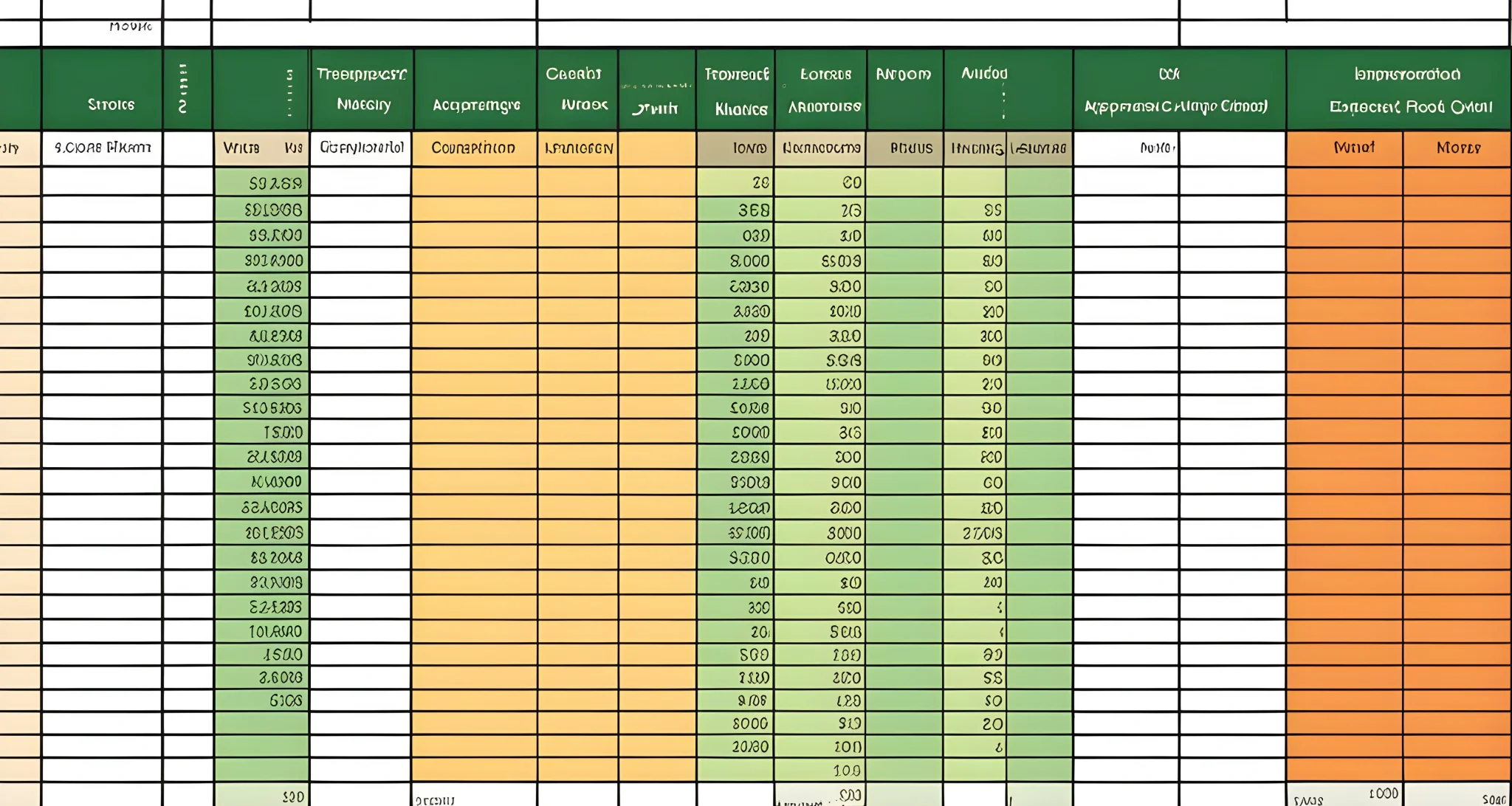
Budgeting by Item or Category
When it comes to budgeting for your trip, you have the option to budget by item or category. Both methods have their own advantages, and it’s important to choose the one that works best for you. Here’s a breakdown of each approach:
Budgeting by Item
- Advantages:
- Allows for granular control over expenses
- Helps identify areas where you can cut back
- Useful for tracking specific costs like airfare, accommodation, and activities
- Considerations:
- Requires meticulous tracking of individual expenses
- May be more time-consuming to manage
If you prefer a detailed approach and want to closely monitor each expense, budgeting by item might be the right choice for you. This method is especially beneficial if you want to keep a close eye on specific costs such as transportation, accommodation, and entertainment.
Budgeting by Category
- Advantages:
- Simplifies expense tracking by grouping similar costs together
- Provides a broader view of spending patterns
- Easier to manage for overall budget planning
- Considerations:
- May overlook specific areas where overspending occurs
- Requires discipline to stick to category limits
On the other hand, budgeting by category allows you to allocate funds for broader spending areas such as food, transportation, lodging, and entertainment. This method provides a more holistic view of your expenses and can be less time-consuming than itemized budgeting.
Regardless of which approach you choose, creating a detailed travel budget spreadsheet will help you stay organized and aware of your spending. Segregating your expenses into categories and subcategories will allow for better management of your overall budget.
To learn more about effective solo travel budget tips, check out our comprehensive guide Solo Travel Budget Tips.
By understanding the pros and cons of each budgeting method and making an informed decision based on your travel style and preferences, you can effectively manage your expenses and make the most of your budget while traveling. Whether you opt for itemized tracking or category-based budgeting, having a clear plan in place will ensure that you stay within your financial means during your trip.
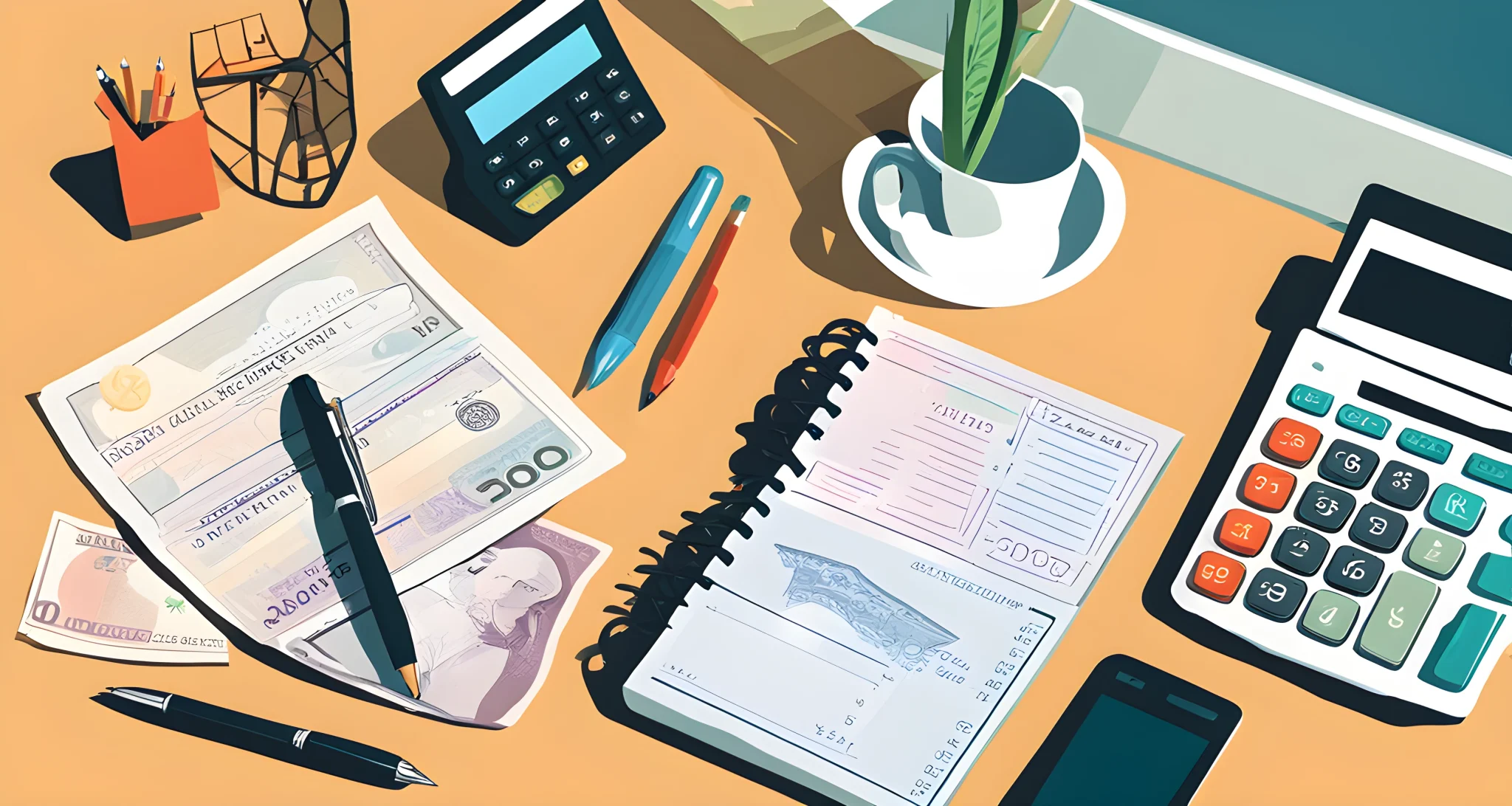
Finalizing Your Overall Travel Budget
Once you have refined your budget with expense categories and considered budgeting by item or category, it’s time to finalize your overall travel budget. This step is crucial in ensuring that you are fully prepared for your trip and have a clear plan in place to manage your expenses effectively.
Double-Check Your Numbers
- Go through your travel budget spreadsheet and double-check all the numbers to ensure accuracy.
- Make sure you haven’t missed any expenses or miscalculated costs for items such as transportation, accommodation, meals, and activities.
Emergency Fund
- Consider setting aside a small emergency fund within your travel budget to cover any unexpected expenses that may arise during your trip.
- This can provide peace of mind and ensure that you are financially prepared for unforeseen circumstances.
Review Your Itinerary
- Take a final look at your itinerary and consider any additional costs that may have been overlooked, such as entrance fees to attractions or guided tours.
- Make adjustments to your budget as needed based on the specifics of your travel plans.
Research Deals and Discounts
- Before finalizing your overall travel budget, take some time to research deals and discounts for activities, accommodations, and transportation.
- Utilize resources such as Solo travel budget planning to find tips on how to save money while traveling solo.
Allocate Funds Wisely
- Prioritize the most important aspects of your trip and allocate funds accordingly.
- Consider spending more on experiences that matter most to you and saving on areas that are less important.
By taking these final steps to solidify your overall travel budget, you can ensure that you are fully prepared for your upcoming trip. With a clear plan in place and a well-managed budget, you can embark on your journey with confidence and peace of mind, knowing that you have accounted for all potential expenses.
FAQ
What factors should i consider when planning a budget trip?
When planning a budget trip, it’s important to consider the destination and duration of your trip, as these will impact your overall expenses. additionally, researching average costs in each destination and creating a detailed travel budget spreadsheet can help you better organize your expenses.
How can i refine my travel budget?
To refine your travel budget, consider splitting your expenses into general categories such as transportation, activities, accommodations, and meals. group like costs together within these categories, and consider breaking them down into more detailed subcategories to ensure you are prepared for all expenses and can make adjustments as needed.
Is there a meticulous approach to budgeting my trip?
If you are particularly meticulous about tracking every expense, you can consider budgeting by item, creating a detailed list of all expected expenses and tracking them in real-time. alternatively, you can budget by category, allocating specific amounts for each category and tracking your spending within those limits.
What is the final step in planning a budget trip?
The final step in planning a budget trip is to add up the total budgets for all destinations to determine your overall travel budget. this will give you a clearer understanding of your total expenses and help you make any necessary adjustments to your budget.
